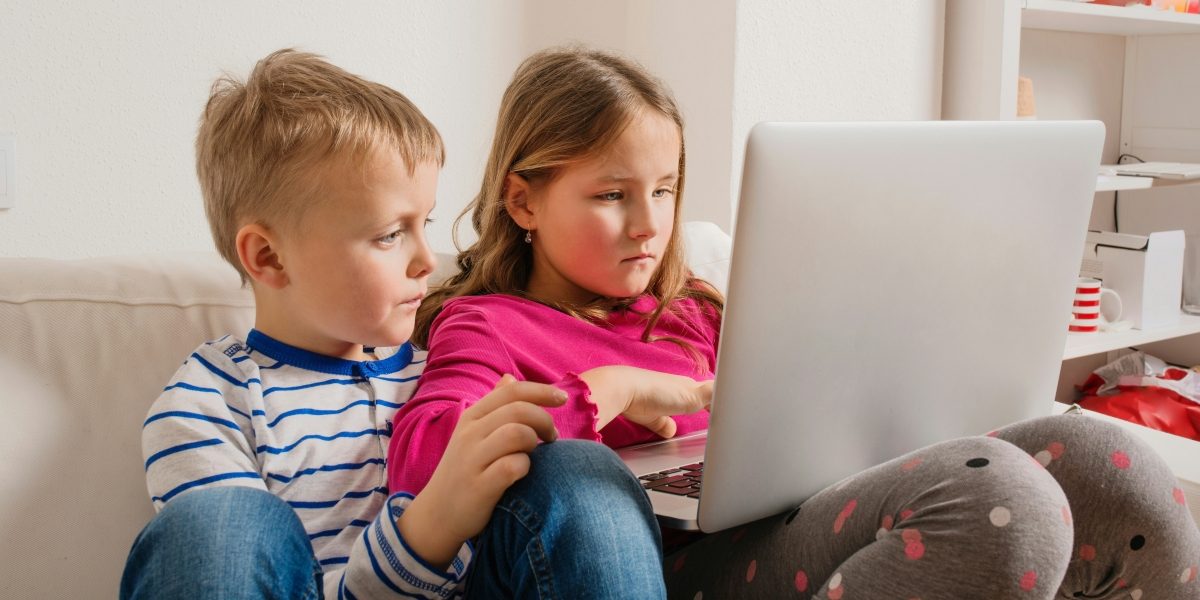By: Alexander Morgan
My 5-year-old niece can unlock an iPhone faster than I can. Kids these days get tablets before they can tie their shoes. The digital world is awesome but scary as hell for parents. Inappropriate stuff, screen addiction, creepy strangers – the dangers are real. Figuring out how to block apps on iPhone is just the beginning. You need a game plan that keeps kids safe without turning you into the family tech tyrant. Here’s what actually works.
Setting Up Parental Controls on Devices
Every decent device now has parental controls built in – you just need to turn the damn things on. On iPhones, Screen Time is your new best friend. You can block apps, set time limits, or make everything shut down at bedtime. Android has Family Link that does basically the same stuff – approve what they download, limit screen time, and lock their device when you say so.
Don’t forget gaming systems. Xbox, PlayStation, Switch – they all have settings to limit game time, block mature games, and control who kids can talk to. These aren’t perfect, but they’re your first defense against digital disasters.
Smart TVs and streaming apps have stepped up too. Netflix, Disney+, YouTube Kids – they all let you set up kid profiles that filter out the bad stuff. Yeah, it’s a pain to set up all these controls on every single device, but it creates a consistent safety net across their whole digital life.
Open Communication: Digital Safety’s Basis
My sister called me in a panic last summer. My nephew found some seriously messed up stuff on YouTube through what seemed like a harmless search. Instead of freaking out and banning YouTube forever, she sat him down and talked it through. They discussed what he saw, why it wasn’t okay, and what to do if it happened again. The genius move? She promised he’d never get in trouble for coming to her about weird online stuff. That awkward afternoon became a gold-star parenting moment. Now the kid actually comes to them when he sees questionable content instead of hiding it.

The best digital protection isn’t some fancy app – it’s having a relationship where your kid actually talks to you. Children who don’t fear getting their devices confiscated whenever something goes wrong online are way more likely to tell you when creepy stuff happens. Regular, judgment-free check-ins about their online life build trust. Ask what games they’re into, who they’re talking to, what videos they’re watching – not like an FBI interrogation, but because you’re genuinely interested.
Don’t make these conversations feel like dental appointments. Ask about their favorite YouTubers or games. Watch some videos together, even if they’re mind-numbingly stupid to you. Show actual interest in their digital world. When you engage with their online life without constant criticism, they’ll actually come to you when something sketchy happens. Plus, you get a better sense of what they’re up to without sneaking around behind their backs.
Digital Access Appropriate for Age
Different ages need different digital rules. For toddlers and preschoolers (2-5), keep screen time tight – educational apps only and always watch what they’re doing. No iPads in bedrooms – ever. Only in living rooms where you can see what’s happening.
Elementary kids (6-9) can handle a bit more freedom, but don’t go crazy. Still need time limits, content blockers, and regular check-ins. Start teaching them basic stuff like “don’t tell strangers your address” and “ask before downloading anything.” Most 7-year-olds don’t need their own YouTube channel.
Teenagers are a whole different game. Switch from controller to coach. Some monitoring still makes sense, but building their judgment becomes more important than restriction. Actual conversations about real issues – privacy settings, how photos can spread, why sleep matters more than late-night TikTok – help them develop habits that stick. The goal is building skills they’ll use in college when you’re not there to check their screen time.
Teaching Digital Literacy and Critical Thinking
Beyond protection, children need education to navigate the digital world safely. Digital literacy includes skills like evaluating the credibility of information, recognizing manipulation tactics, and understanding how digital platforms work to capture attention.
Teach children to question what they see online with simple prompts: Who created this content? Why did they create it? What information might be missing? How does it make you feel? These basic critical thinking questions help them develop a healthy skepticism without becoming cynical.
Media literacy education should include discussions about advertising, clickbait, and how social media algorithms are designed to keep users engaged. Understanding these mechanisms helps children become more conscious digital consumers rather than passive recipients of content.
Balancing Safety and Privacy
Helicopter parenting doesn’t work online any better than it does offline. As kids get older, you need to loosen the digital leash. Little kids? Yeah, monitor everything. Teenagers? They need some digital breathing room to figure stuff out.
Try this instead: adapt your approach as they grow. For your 8-year-old, full access to their tablet makes sense. For your 12-year-old, check their activity but tell them you’re doing it. For your 16-year-old, focus on when and how much they’re online, not obsessing over every text message they send.
If you’re gonna check their stuff, be upfront about it. Sneaky monitoring is relationship poison. Kids who discover secret surveillance apps never forget that breach of trust. The goal isn’t creating perfect little robots who behave because Big Parent is watching – it’s raising kids who don’t send stupid texts even when they know you’ll never see them.
Digital safety isn’t about building an online fortress. That’s impossible anyway. It’s about giving kids a BS detector, common sense, and the confidence to navigate online spaces without freaking out or falling for obvious scams. With decent guidance and actual conversation, kids can grab the good stuff technology offers while avoiding the genuinely dangerous parts.
Published by Liz SD.

















